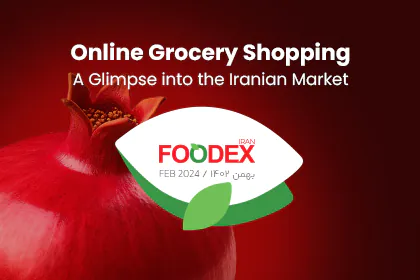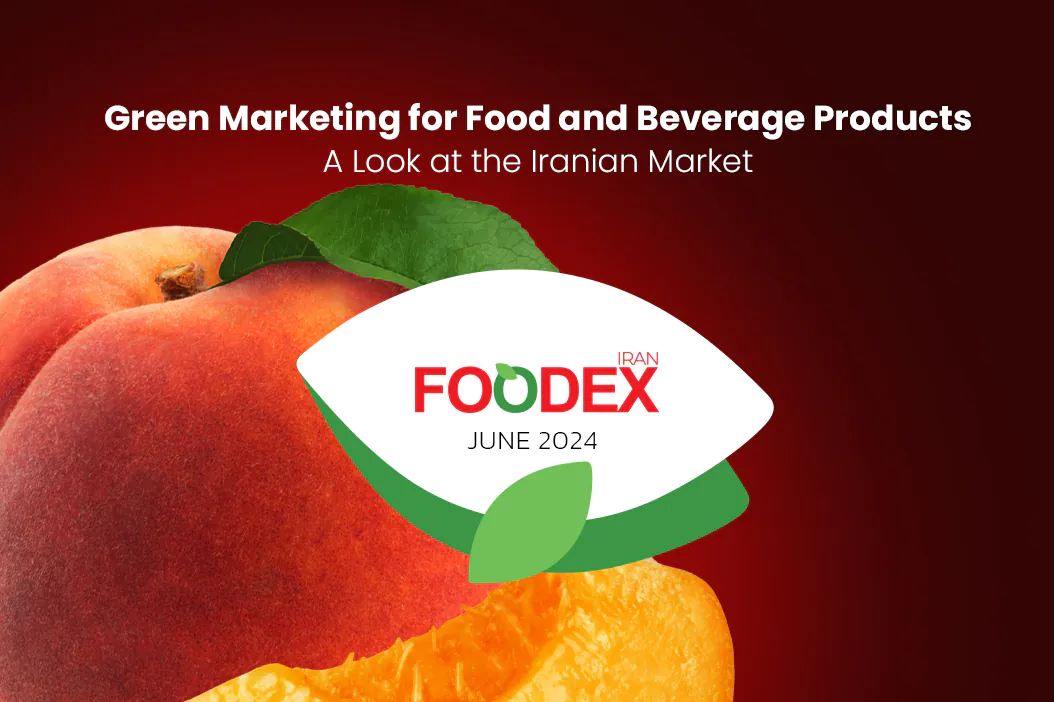In the past two decades, food and beverage marketing has shifted from traditional TV, radio, and print to digital platforms. This reflects a desire for faster, closer contact with brands.
This article from Foodex Magazine will trace the evolution of marketing. It will show how the industry has improved from traditional to digital marketing. How did this change come into being? How have successful brands taken advantage of such change?
Traditional Food Industry Marketing
Traditional marketing of food items has been done to a large degree through mass media such as television, radio, and print. Now, let us go deep into the details of these traditional modes and their effect.
Traditional Means of Marketing
Until recently, marketing aimed to reach the masses via popular channels: TV, newspapers, magazines, and radio. This is referred to as “mass marketing,” where marketers try to reach the highest number of people.
Television Advertising: In the 1950s and 1960s, TV became a powerful media to consider. Brands like Coca-Cola and McDonald’s employed the medium for brand awareness and increased sales.
Print Advertising: Most brands used bold, short ads in newspapers and magazines to reach specific groups.
Strengths and Weaknesses of Traditional Marketing
The strengths of traditional marketing include:
Wide reach: Mass media used to be able to extend the reach of a brand’s message to millions.
Public Trust: Advertisements in good media make brands seem credible.
However, the following deficiencies also came to light:
High Costs: Producing a TV or radio ad is very expensive. So is buying airtime for it.
Limited Interaction: There is no direct interaction between the consumer and the brands.
Unclear Metrics: It’s not simple or straightforward to measure the effectiveness of the campaigns.
The Rise of Modern Marketing in the Food Industry
The internet and digital tech grew suddenly. This changed consumer behavior. Food brands adapted to the times. They added digital tools. This let them send personalized messages, communicate directly, and share dynamic info. Today, it is believed that digital technology is key to the food and beverage industry.
New Technologies and Changes in Consumer Habits
The rise of the internet and social media changed how consumers shop and engage with brands. Modern marketing strategies are now essential. We can access information, compare, and contact firms via digital platforms.
Evolving Marketing Strategies
Digital marketing allowed brands to engage in more precise and engaging methods, such as:
Personalization of Content: Brands can collect data to create tailored messages for each consumer.
Video Marketing: It means making interactive content for brands. It should run on platforms like YouTube and Instagram.
Influencer Partnerships: Influential people connect brands with customers. They build a strong bond between them.
Analyzing the Shift from Traditional to Digital Marketing
This section will explore three key shifts in food and beverage marketing. These changes include: shifting from mass to targeted ads; moving from one-way communication to two-way interaction; and replacing print ads with digital content. New technologies and data-driven insights have enabled these changes. They let brands connect with customers and meet their needs better.
From Mass Advertising to Targeted Advertising
In the past, advertisements were broadcast to everyone, regardless of relevance. However, digital tools have revolutionized this approach. Today, brands can target their messages to specific groups. This ensures their content resonates with the right audience. A health-conscious snack brand can now target ads to fitness fans. This will maximize their marketing efforts.
From One-Way Communication to Two-Way Interaction
Social media has transformed the way brands and consumers engage with each other. Brands can now have real-time chats with their customers, not just send messages. Consumers ask questions, share opinions, and even post personal experiences with the products they use. This relationship builds trust and loyalty. It makes consumers feel heard and valued.
From Print Advertising to Digital Content
Digital content, like blogs and articles, lets brands share useful, engaging info. A coffee company might blog about brewing tips or their beans’ origin. This offers value beyond the product itself. This content educates. It also establishes the brand as an authority, deepening the audience’s connection.
Examples of Successful Rebranding
Various top food brands have gained much exposure from digital marketing. Social media, creative campaigns, and personalization have helped these brands build better relationships with their customers.
McDonald’s: From TV to digital
McDonald’s ran interactive campaigns, like McCafé It Forward. It put consumers at the center of its marketing.
Coca-Cola
The Share a Coke campaign epitomizes personalized marketing and strikes a chord with people across the globe.
Challenges of Transition to Digital Marketing
Despite advantages, there are also some obstacles to the adoption of digital marketing that come into play for food brands:
Resistance to Change: Other companies are clinging to the conventional way of performing tasks.
High Switching Costs: Digital marketing requires a big investment in tech and expertise.
Keeping Pace with Innovation: Brands must use the latest tech to gain a competitive edge.
Marketing’s Future in the Food Industry
The food industry continues to evolve with new technologies and is coming closer to the consumer. Brands that quickly adapt to digital change will be sure of their place in the market.
Small and medium enterprises should focus their digital efforts on social media, video content, and targeted ads. Finally, food marketing is about three things. It’s symmetric communication, personalized content, and a push for new tech.
Sources
Smith, A. (2020). Digital Marketing in the Food Industry. Journal of Marketing Research.
McDonald’s Case Study: “McCafé It Forward” Campaign, 2021.
Coca-Cola “Share a Coke” Campaign Report, 2019.
KFC Virtual Influencer Campaign, Marketing Dive, 2020.
Ehsan Allahverdi
Executive Manager of Foodex Iran
Marketing Consultant for Leading Food & Beverage Brands
website | linkedin




















